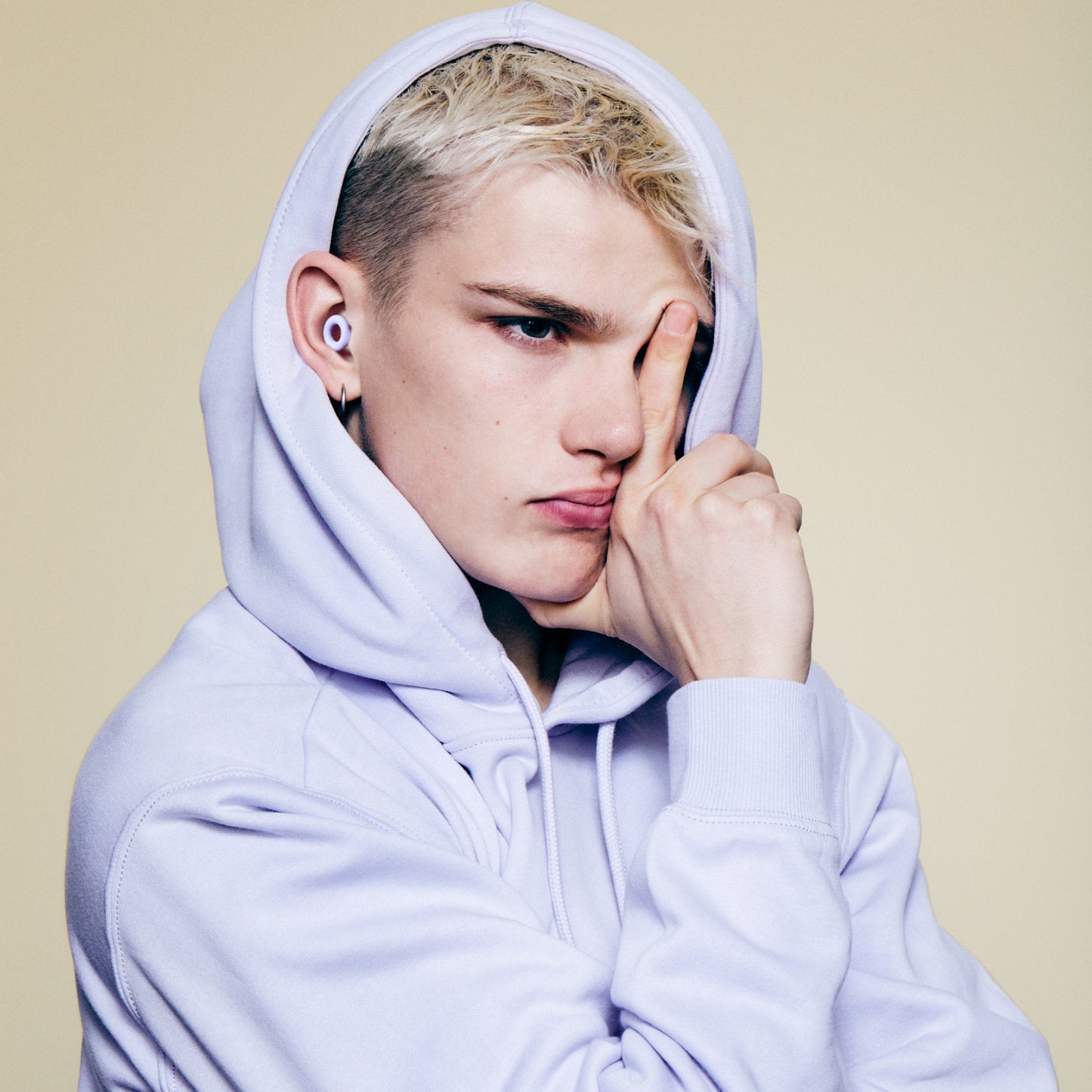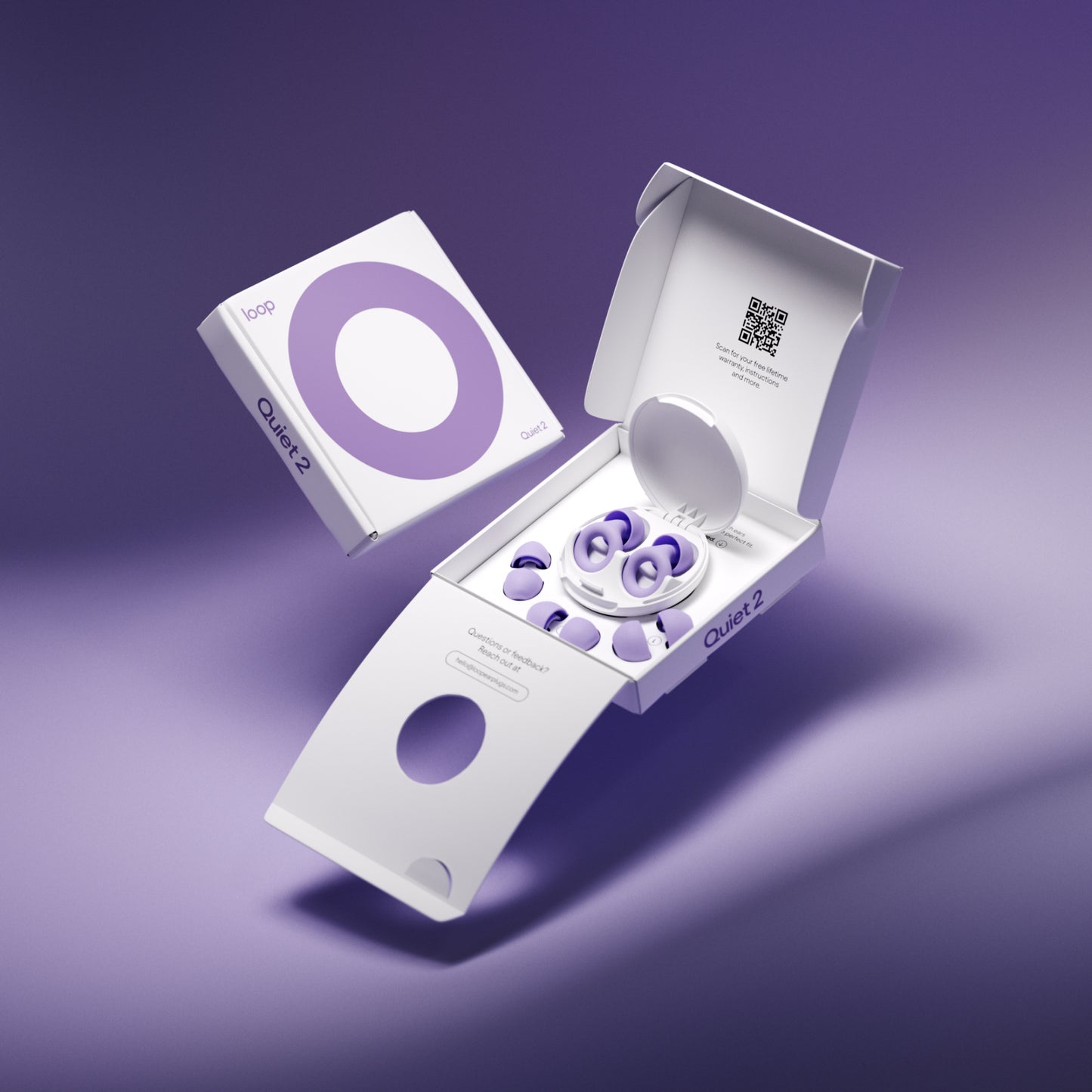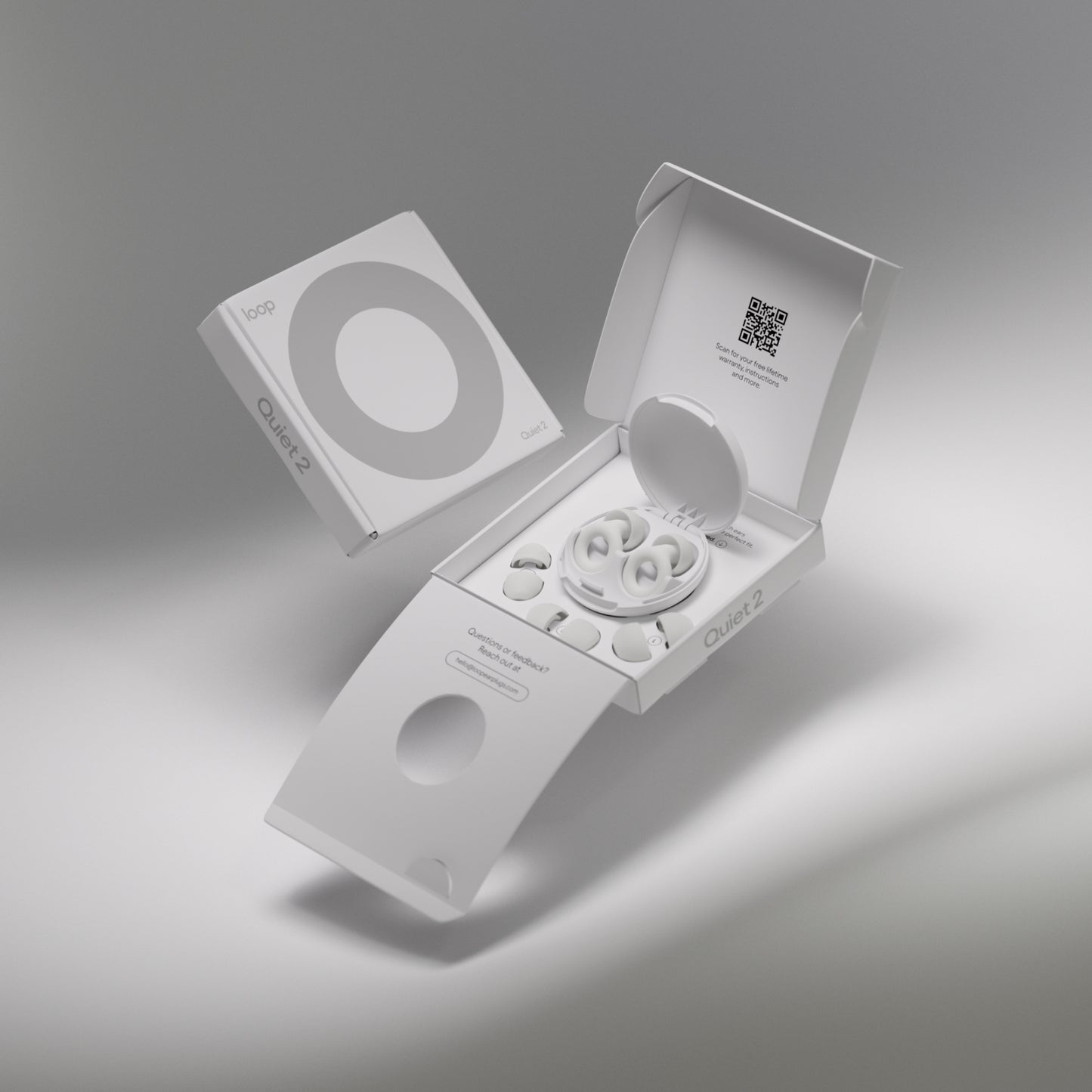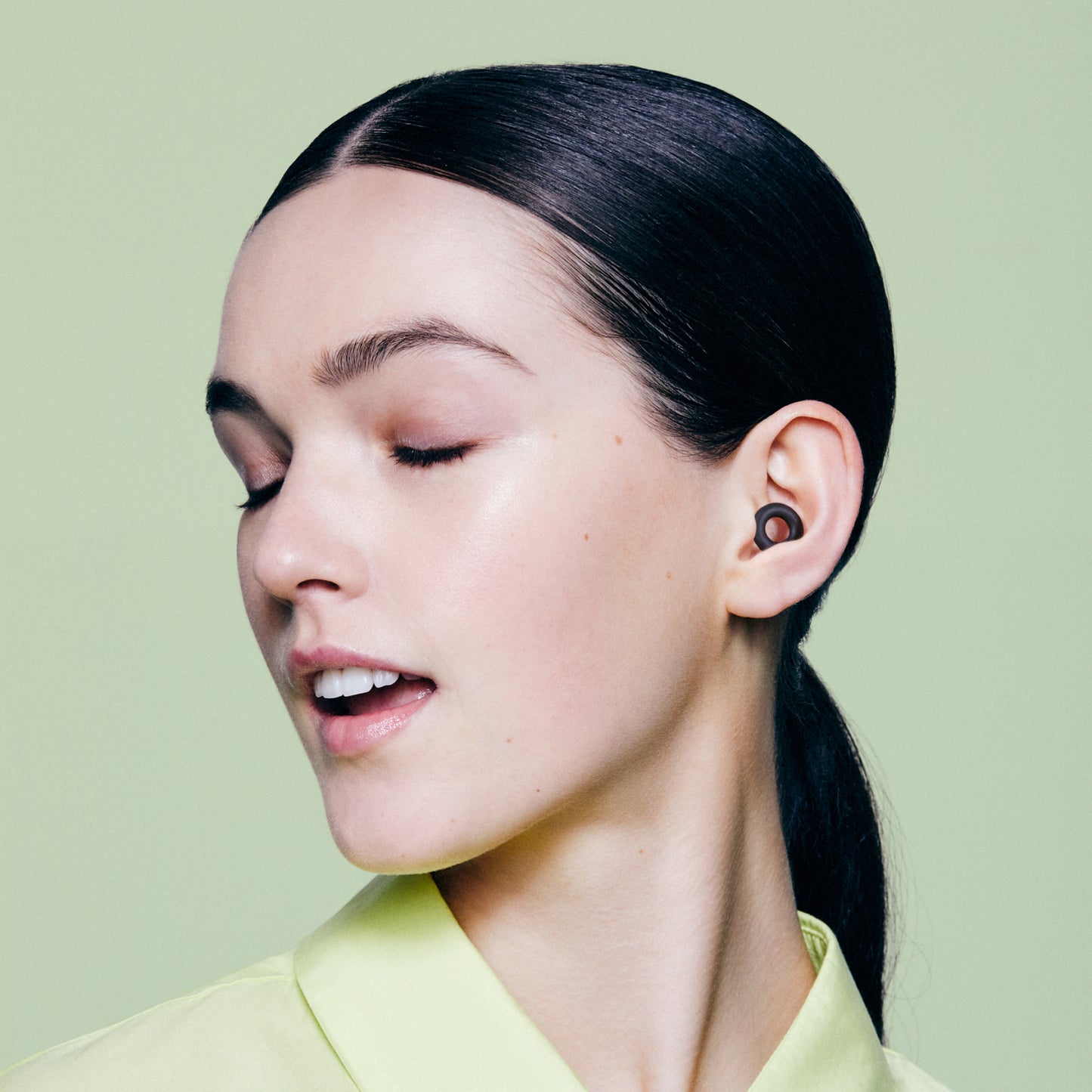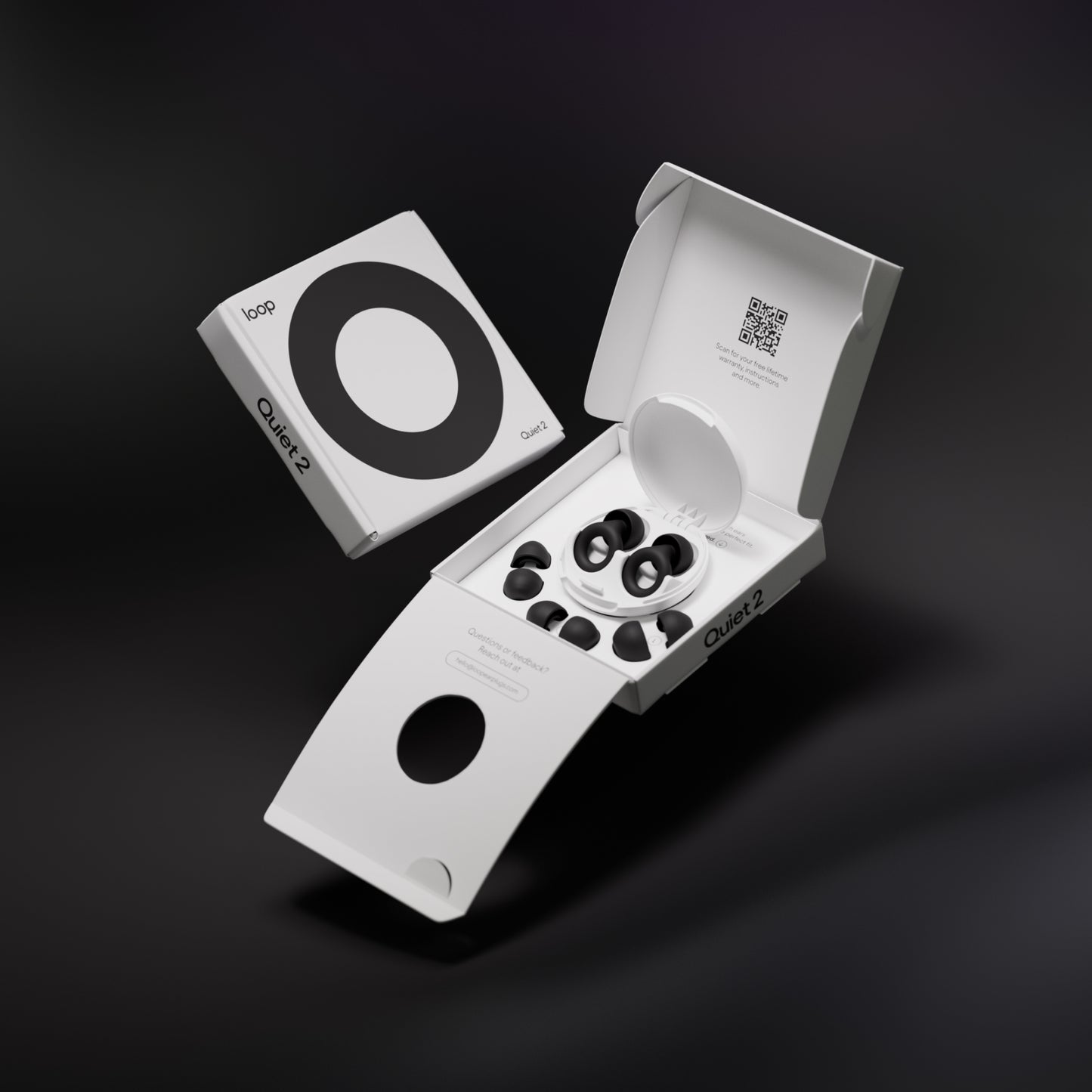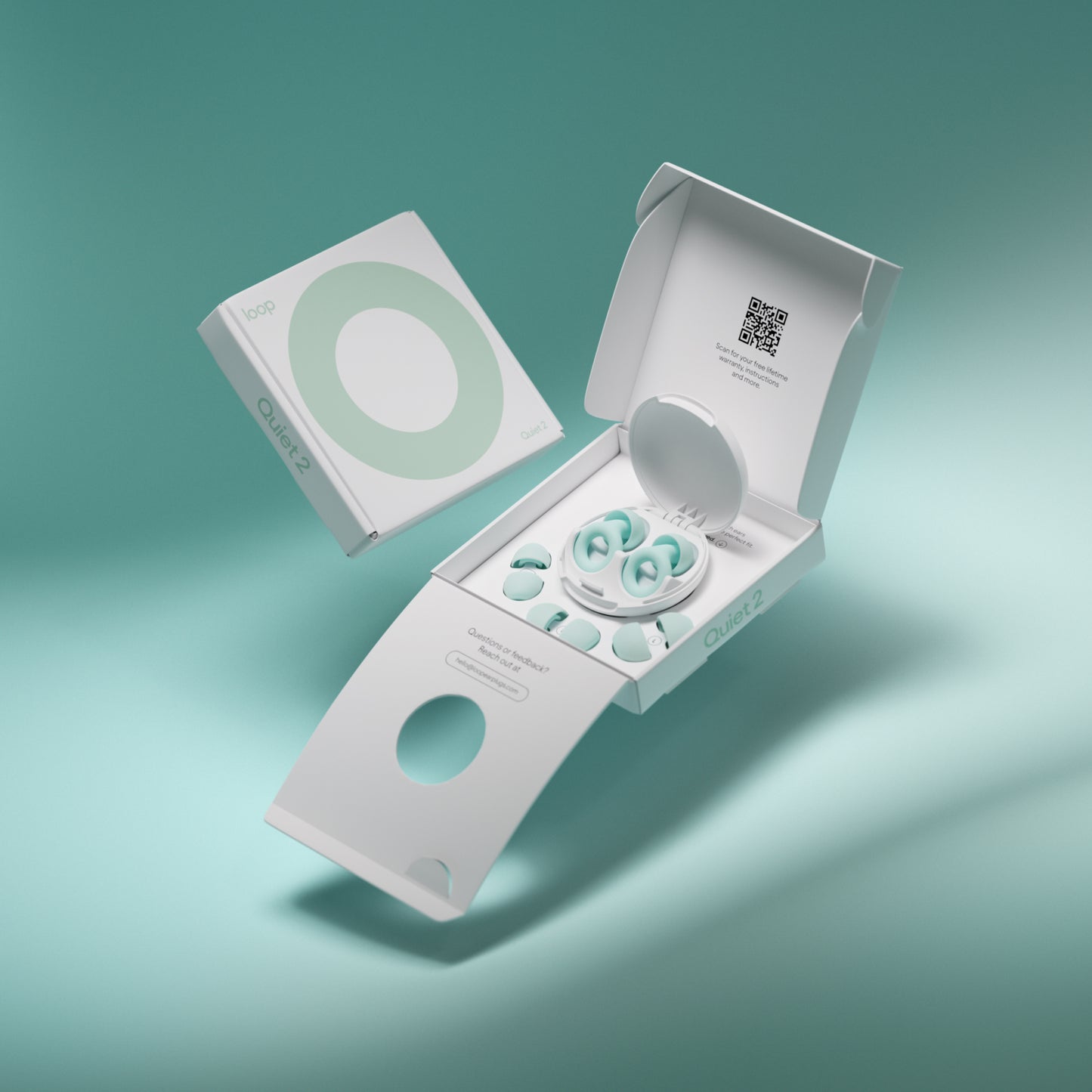Key takeaways
- It’s never easy to get to sleep when flying, but there are ways to sleep more comfortably on a plane
- Some key tips for how to sleep on a plane include packing essentials like cozy clothes, earplugs, a neck pillow and a good eye mask
- You should also set yourself up for better sleep by avoiding alcohol and switching off your devices before bedtime
- Some seats on a plane are naturally more conducive to a good sleep, but there are ways to sleep well no matter where you’re seated – even in the middle seat!
If you’re taking a long haul flight, it’s inevitable that you’re going to want to sleep at some point. But for many of us, sleeping on a plane doesn’t come naturally. Unless you’re one of the lucky ones who can fall asleep in an instant, no matter where you are, you’re going to need a little help.
Here’s how to get to sleep on a plane, so you wake up feeling refreshed and ready to explore when you arrive at your destination!
How to sleep comfortably on a plane
From crying babies to neighbors rustling their snack wrappers, and from rocky turbulence to the annoyance of airplane ear, it’s no wonder that so many people struggle to get to sleep when flying.
Although these things might keep you from drifting off as easily as you’d like, unfortunately there’s not much you can do about them. It’s better to focus on the things that are within your control. So with that in mind, here are our top tips to make sure you get some good quality shut-eye on your next flight.

1. Wear layers to regulate your temperature
The Sleep Foundation suggests that the best temperature for sleeping is between 15.6°C and 19.4°C (60°F to 67°F), but typically, the temperature on planes is kept between 22°C and 24°C (71°F and 75°F).
Planes, then, tend to be warmer than the recommended temperature for a comfortable sleep, but they can often feel really cold when you’re sitting in the cabin. That’s because you’re not moving around. You can bet that the flight attendants who are moving around constantly are feeling the heat!
It’s also down to the fact that there are different zones in planes, each with its own temperature control. So where you sit in the plane may have an impact on how hot or cold you feel.
That means it’s a good idea to wear lots of lightweight layers so you can add and remove them as you need. It’s tempting to save on suitcase space by dressing in your holiday clothes, especially if you’re only traveling with hand luggage. That’s fine but be sure to pack a cozy cardigan or hoody you can pull on if you’re feeling chilly, and you’re more likely to get a better sleep.
Not all airlines provide blankets, so it also means you’re prepared for anything – and if there is a blanket provided, it’s an added bonus.
2. Wear bed socks
When packing your layers, don’t forget about your feet! Even if you’re snuggled up under a blanket or a hoody, if your feet aren’t warm, you’ll still feel cold because our feet play a crucial role when it comes to regulating our temperature.
One research study found that people who wear socks at night not only fell asleep faster, but stayed asleep for longer and even had a better quality of sleep. So kick off your shoes, pull on a thick pair of socks, and set yourself up for a more comfortable snooze.
3. Use a neck pillow
One of the things that makes sleeping on planes is that it isn’t exactly comfortable – unless you’re lucky enough to be flying business class.
That’s where a neck pillow comes in handy. We know they look a little dorky, but they really do make a difference when it comes to trying to get to sleep on a plane. They can provide support for your neck and head when sleeping upright, reducing the chances of you waking up with a crick in your neck.
If you have a U-shaped neck pillow, wear it so that the curve is under your chin. Often when you wake up from a nap when sitting up, it’s because your head has bobbed, but the extra support under your chin will prevent you from doing this, meaning you’ll stay asleep for longer.
4. Switch off your devices
One key tip for how to sleep well on a plane is just the same as for sleeping well at home: avoiding your devices right before bed. Just as at home, scrolling through your phone or watching TV right before bed can stop you from getting to sleep when you’re on a plane.
Using devices late at night can stimulate your brain and delay rapid eye movement (REM) sleep, keeping you up long after you’ve closed your eyes and are trying to drop off.
The blue light that’s emitted from cell phones can also affect your circadian rhythm. That means it’s harder to get to sleep and you’ll also struggle to wake up – so you may arrive at your destination feeling groggier than you’d like.
5.Use an eye mask
If you find it difficult to get to sleep at home if there’s light creeping under the door or through the blinds, then you’ll definitely struggle on a plane. Even when the lights are dimmed, the cabin will probably still be brighter than you’d ideally like for perfect sleeping conditions. The flight attendants need some light to carry out their tasks, while some passengers will turn on their personal lights so they can read their book, and others will be watching a movie on their individual screens.
Light at night can put our biological clocks out of sync, disrupting our sleep-wake patterns. But an eye mask can block out this artificial light, signaling to your body that it’s time to go to sleep.
Look for a mask that is comfortable to wear with straps that aren’t too tight. Most masks come with adjustable straps so you can get the perfect fit. The majority of masks are lightweight, but for an extra-relaxing sleep, look out for weighted masks. These add a little extra pressure on your eyes, which can help you to feel calmer and more grounded - even when you’re thousands of feet in the air.
Avoid alcohol
Some people swear by a glass of wine to help them drop off in the evenings, but it might lead to a poorer overall quality of sleep.
Alcohol can mean you spend less time in the REM stage of sleep, which is important for deep rest. Less REM means you’ll wake up feeling less refreshed – which is less than ideal if you’re already struggling with an uncomfortable sleeping position, loud neighbors, or a bright plane.
7. Use earplugs
Planes are loud. When you’re flying, noise levels in the cabin sit at around 85 dB, so there’s a constant background noise that’s simply a fact of flying – not to mention all the other sounds that are part and parcel of the plane experience, from passengers talking, to announcements on the tannoy, and from the sound of people eating, to snoring passengers.
A pair of earplugs like Loop Quiet reduce noise by 24 dB. They reduce noise that prevents you from getting to sleep, and they’re made from super-soft silicon so they’re comfortable to wear on even the longest of flights.
Even when you’re not trying to get to sleep, it’s a good idea to protect your ears when flying with a pair of earplugs. Ear damage can happen when you’re exposed to prolonged noise that’s 70 dB or above. They also help with airplane ear by easing the pressure, making them extra handy for take off and landing as well as sleeping.
8. Fasten your seatbelt buckle over your blanket
We’ve all been there. You’ve just drifted off in your seat, and you get a tap on the shoulder from a flight attendant asking you to fasten your seatbelt as the warning lights have just come on. Nightmare!
There’s one simple way to combat this: keep your seatbelt fastened at all times, and make sure it’s clipped over your blanket or cozy layers. That way, you won’t have to worry about anyone interrupting you mid-snooze – at least, not for that reason!
Loop Earplugs
Quiet 2
Share
What’s the best seat for falling asleep during a flight?
Let’s face it, there are some spots on the plane where sleeping is easier than others – even if you’ve followed all of the tips above.
If you’re in economy, in the middle seat, or right beside the toilets, you might have a tougher time getting to sleep than other passengers. So, here’s how to sleep on a plane comfortably, no matter what seat you’ve been allocated.
How to sleep on a plane in economy class
First-class seats are, of course, the best bet for getting to sleep. Premium economy passengers are also more likely to get a good night’s sleep, thanks to the extra leg room and more space to recline. But how to sleep on a plane in coach? And, more to the point, how to sleep sitting up on a plane?
Reclining your seat is a good bet for getting to sleep more comfortably – but good plane etiquette suggests that you check with the passenger behind you first.
It’s best to only recline your seat slightly as it puts less pressure on your hips than reclining all the way back. You can also pop a cushion at the base of your spine to support your lower back and pelvis.
If you’ve managed to snag a window seat, you can also rest your head against the window, ideally with a pillow in between you and the window. Window seats also have an added benefit: you won’t be woken up by other passengers in your row looking to get out into the aisle.
How to sleep on a plane aisle seat
Aisle seats can be beneficial if you have long legs and need space to stretch them out (just watch out for people walking by!). They also mean that you can get up and down as much as you like without bothering other passengers.
But they have one undeniable downside: you’re going to be asked to move by the other passengers in your row who need to get out to use the toilet, or want to walk up and down the aisle.
Recline your seat if you can, and make the most of the aisle space for your legs if you’re trying to sleep overnight. There’s unlikely to be any flight attendants passing by with carts during the night, and just the odd person walking around, so you should be safe to stretch your legs out.
There’s no getting around the fact that others in your row will want to get out at some point during the night. But hopefully, with sleep aids like the right earplugs and an eye mask, the distractions will be minimal and you’ll be able to get back to sleep faster.
How to sleep on a plane middle seat
In the middle seat, you don’t have the benefit of a window to rest your head against or an aisle to stretch your legs out.
So how do you get to sleep? Your best bet here is to use a neck pillow. This will stop you from falling asleep on your neighbor’s shoulder (awkward if you’re seated beside strangers!).
Also make sure to claim the armrests when you sit down. These will provide you with additional support when sleeping upright, helping to alleviate back pressure.
Alternatively, you might get a better sleep if you lean forward. Open your tray table and place a cushion on it. Then, armed with your eye mask and earplugs, pop your head down.
So, there you have it - how to sleep on a plane, or at least try to get a better night’s sleep! It’s important to be prepared, and that means taking your essentials with you including cozy clothes or a blanket, an eye mask and comfortable ear plugs. Whether you’re sitting in the window seat or stuck in the middle, you’ll have a much better chance of arriving at your destination refreshed when you follow these tips. Good luck - and enjoy your flight!
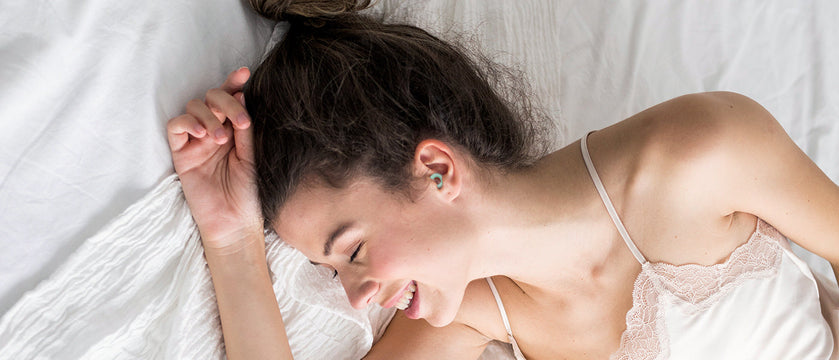
How to block out noise while sleeping and get the rest you need
Do loud neighbors or a snoring partner keep you up at night? Discover how to block out sound when sleeping and get th...

Parents and sleep deprivation: Our top tips for survival
We’ve put together our most helpful tips and advice on how to deal with sleep deprivation as a parent.

How To Get Better Sleep By Improving Your Sleep Hygiene
Good sleep can improve your physical and mental health. Take a look at our guide to sleep hygiene to discover simple ...





















